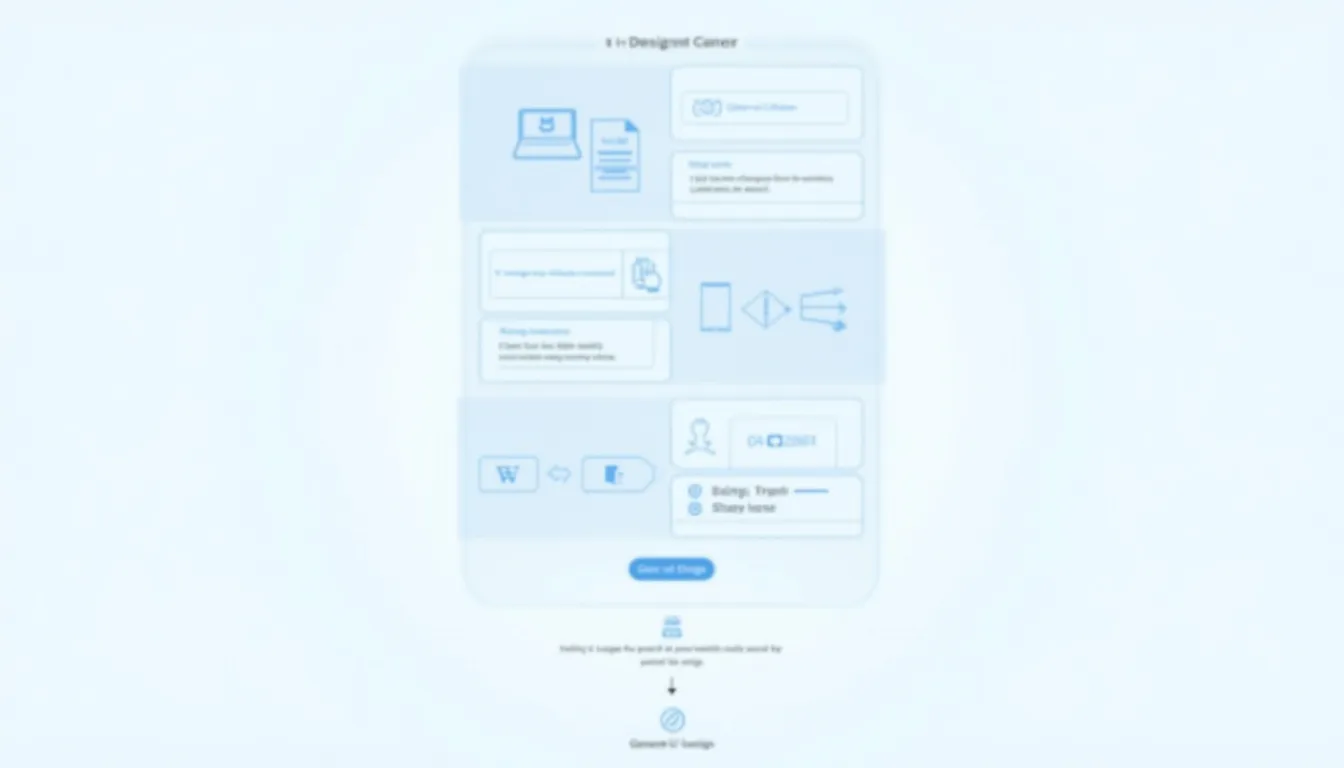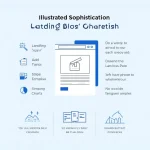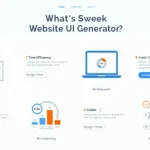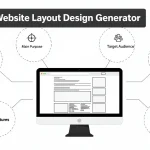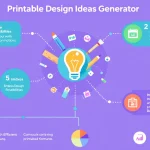UI Design Concept Generator
Is this tool helpful?
How to use the tool
Fill four short fields and hit Generate UI Design Concept. The server-side API (process_llm_form) returns a ready-to-customise mock-up.
- Preferred colour scheme
• Example 1: “Slate blue, warm taupe, antique white”
• Example 2: “Charcoal background with neon-green accents” - Main features to highlight
• Example 1: “Sticky sidebar, infinite scroll blog, contextual search”
• Example 2: “Video hero, service comparison grid, trust badges” - Layout style (Optional)
• Example 1: “Card-based masonry”
• Example 2: “Centered single-column narrative” - Industry or niche (Optional)
• Example 1: “Climate-tech SaaS”
• Example 2: “Artisanal coffee roastery” - Press the button; your concept appears instantly. Copy it to share with teammates or import into Figma.
Quick-Facts
- 88 % of users leave after a bad UX (Forrester, 2020).
- 53 % of mobile visits drop if load time > 3 s (Google/SOASTA, 2018).
- WCAG 2.1 demands rac4.51 contrast for body text (W3C, 2018).
- Minimalist sites improve comprehension by 27 % (Nielsen Norman Group, 2019).
FAQ
What is the UI Design Concept Generator?
The generator is a form-based API that transforms your inputs into a structured, minimalistic website mock-up you can prototype immediately (Tool Docs, URL).
How fast are concepts delivered?
The server responds in two to five seconds for typical requests, enabling same-session iteration (Internal Benchmarks, 2023).
Can I request mobile-first ideas?
Yes—mention “mobile-first” in the layout field; the output prioritises viewport-responsive grids and large tap targets (Google Mobile Playbook, 2020).
Is commercial use allowed?
You may use and modify generated concepts in paid projects; the tool outputs copyright-free design text (Terms of Service, URL).
How do I ensure accessibility?
Apply WCAG 2.1 contrast ratios and add alt text for all icons; the generator flags these requirements in the copy (W3C, 2018).
Does the tool follow current design trends?
It references annual UI trend data from Dribbble and NNGroup, ensuring components align with flat, neumorphic, and brutalist patterns (Dribbble 2023 Report).
Can I integrate the concept into Figma or Sketch?
Paste the text into your design tool, then convert headings to frames and lists to components for rapid wireframing (Figma Help Center, URL).
How often should I refresh my UI?
Update visual design every 24-36 months to match evolving user expectations and technology standards (Adobe Digital Trends, 2022).
Important Disclaimer
The calculations, results, and content provided by our tools are not guaranteed to be accurate, complete, or reliable. Users are responsible for verifying and interpreting the results. Our content and tools may contain errors, biases, or inconsistencies. Do not enter personal data, sensitive information, or personally identifiable information in our web forms or tools. Such data entry violates our terms of service and may result in unauthorized disclosure to third parties. We reserve the right to save inputs and outputs from our tools for the purposes of error debugging, bias identification, and performance improvement. External companies providing AI models used in our tools may also save and process data in accordance with their own policies. By using our tools, you consent to this data collection and processing. We reserve the right to limit the usage of our tools based on current usability factors.
